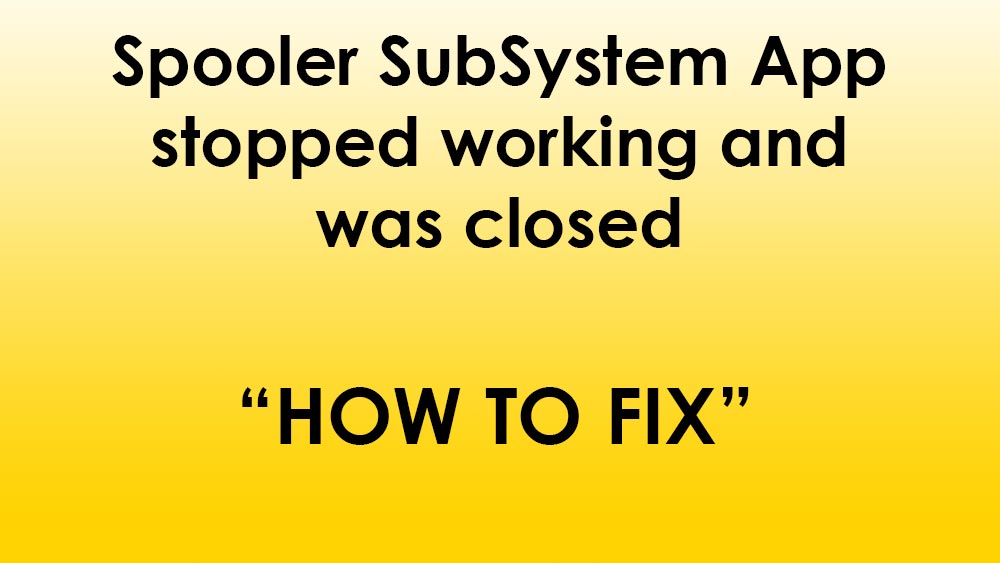Spooler Problems ? – Spooler SubSystem App stopped working and was closed
We have seen many people who are using printers on Windows based computers have the problem above. The message appears when you login, and when you see the spooler error message, you are not able to use installed printers on your computer. Today, we have prepared few things you can try to fix the Windows spooler issue. This does not guarantee 100% fix, but we hope this resolves your problem. Let’s get started! 🙂 🙂 🙂 (*This problems occurs on Windows XP, Windows Vista, Windows 7, and Windows 8*)
1. Try to start Windows Spooler service
– Click “Start” -> Click “Run” -> Type “cmd” -> In the command prompt, type: net start spooler
it will start the Windows spooler service. If you see the Spooler SubSystem App stopped working and was closed message again, try next steps.
1.5 Try to login as administrator
If your account is not an administrator, try to login as administrator.
2. Try Microsoft’s self troubleshooting program
– Click the link here and download the Microsoft “Fix it”. http://windows.microsoft.com/en-us/windows-vista/troubleshoot-printer-problems This program will run Windows printer troubleshooting, and it will try to resolve any printing issues. Good Luck ! 😀 😀 😀
3. Try to turn off Windows Features
– Go to Control Panel -> Programs and Features -> Click Turn Windows features on or off on the left-side menu.
– Now, click + sign of Print services to see all of related print related services.
– Check LPD and LPR. Then, uncheck Internet Printing Client.
– Try to restart your computer.
4. Try to replace the spoolsv.exe & spoolss.dll files (c:\Windows\System32\)
– In (System Drive) -> Windows -> System32 folder, there are spoolsv.exe & spoolss.dll files. Download the following files and try to copy it to your System32 folder. (IT IS COMPRESSED FILE. YOU NEED TO EXTRACT or UNZIP THE FILE FIRST.)
Windiws XP For WindowsXP
Windows Vista – For Windows_Vista
Windows 7 – For Windows7
Windows 8 – For Windows8
After finish downloading, extract the file, and copy the two files to “Windows\System32\” folder.
We will keep update this post. We hope this blog post works for you. Thank you! 😀






